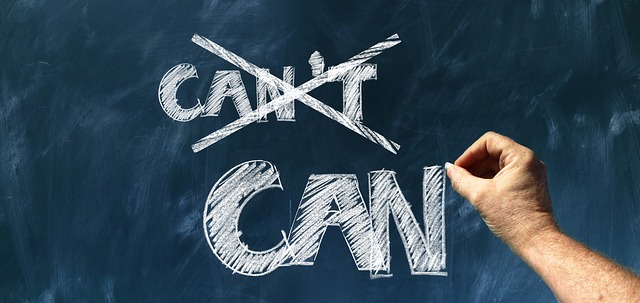Self-Exclusion Tools are crucial for maintaining online safety and health in our digitally connected world. These tools empower users to manage their digital habits by setting boundaries, limiting access to specific websites or platforms, and reducing risks of addiction or mental health issues. Key features include customizable settings, instant blocking, activity tracking, and notifications, enabling individuals to reclaim control over their time, focus, and well-being while practicing responsible internet usage.
In today’s digital age, understanding self-exclusion tools is crucial for online safety. These tools empower individuals to take control of their screen time and mitigate potential harm from excessive internet use. This article explores top self-exclusion tools and their features, offering a comprehensive guide to help you navigate and implement a digital detox process effectively. By the end, you’ll be equipped with the knowledge to make informed decisions about your online behavior.
- Understanding Self-Exclusion: Why It's Essential for Online Safety
- Top Self-Exclusion Tools and Their Features
- Implementing Self-Exclusion: A Step-by-Step Guide to Digital Detox
Understanding Self-Exclusion: Why It's Essential for Online Safety

Understanding Self-Exclusion: Why It’s Essential for Online Safety
Self-exclusion tools are crucial mechanisms designed to empower individuals in their online behavior management. These tools allow users to take proactive steps towards mitigating potential harms associated with excessive or problematic internet usage. By implementing self-exclusion, individuals can set boundaries and limit access to specific websites or online platforms, thus promoting healthier digital habits. This practice is increasingly important as we navigate a world where digital connectivity is omnipresent, and the line between online and offline life becomes blurred.
In today’s digital era, where folks are constantly connected, self-exclusion tools play a pivotal role in maintaining a healthy balance. They provide individuals with the ability to take control of their time spent online, preventing potential addiction or negative impacts on mental health. By excluding oneself from certain sites, users can reduce distractions, minimize risk of exposure to harmful content, and enhance overall well-being. This simple yet powerful act of self-regulation is a game-changer in fostering a healthier relationship with technology.
Top Self-Exclusion Tools and Their Features

The best self-exclusion tools empower individuals to take control of their online habits and well-being. These tools, often integrated within gambling sites or as standalone applications, allow users to set limits on their spending, time, or specific game play. Key features include personalized settings, instant blocking capabilities, and detailed activity tracking, enabling users to monitor and manage their engagement effectively.
Some leading self-exclusion tools offer advanced functionalities like automatic withdrawal limits, session reminders, and even notifications when set thresholds are approached. These measures serve as robust safeguards, helping users stick to their intended restrictions. By leveraging these tools, individuals can foster a healthier relationship with online activities, ensuring digital well-being alongside responsible gaming or internet usage.
Implementing Self-Exclusion: A Step-by-Step Guide to Digital Detox

Implementing self-exclusion is a powerful step towards achieving a healthier relationship with digital devices. Here’s a straightforward guide to help you navigate this process effectively, utilizing Self-Exclusion Tools.
1. Identify Your Goals: Begin by clearly defining why you want to take a break from certain online platforms or activities. Is it to improve focus, reduce stress, or reclaim personal time? Setting specific goals will make the exclusion period more meaningful and motivating.
2. Choose Your Self-Exclusion Tools: Select tools designed for self-exclusion, such as app blockers or website filters. These tools allow you to set boundaries by restricting access to specific sites or apps during designated periods. Many operating systems and browsers offer built-in features, while dedicated apps provide advanced customization options.
3. Set Exclusion Periods and Preferences: Define the duration of your digital detox—whether it’s a few hours each day, certain days of the week, or even a complete 24/7 block. Tailor these settings to align with your goals. For instance, you might want to exclude social media during work hours but allow access in the evening for relaxation.
4. Implement and Stick to the Plan: Once set up, activate your self-exclusion tools. It’s crucial to remain committed to the process, turning off notifications or putting devices away during the excluded periods. Consistency is key to making this digital detox effective.
5. Monitor Your Progress and Adjust: Keep track of how you feel during and after the exclusion periods. Reflecting on changes in mood, productivity, or overall well-being can offer valuable insights. Adjust your self-exclusion plan as needed based on these observations.
Self-exclusion tools are powerful resources in the ongoing battle for online safety and digital wellness. By understanding the importance of self-regulation, individuals can take proactive steps towards a healthier relationship with technology using these intuitive tools. The article has highlighted top options, their features, and a simple guide to implementation, empowering readers to navigate the digital landscape with greater control and awareness. Embracing self-exclusion as a game-changer in online safety is a significant step towards fostering a vibrant and balanced digital environment.






